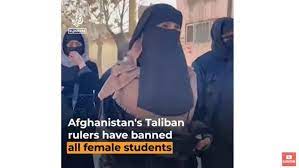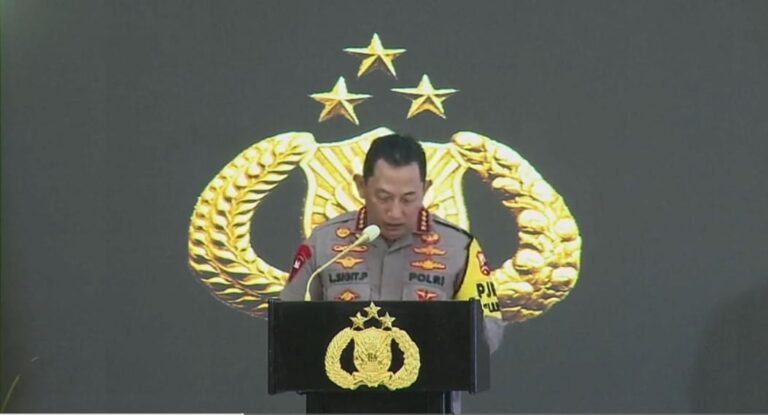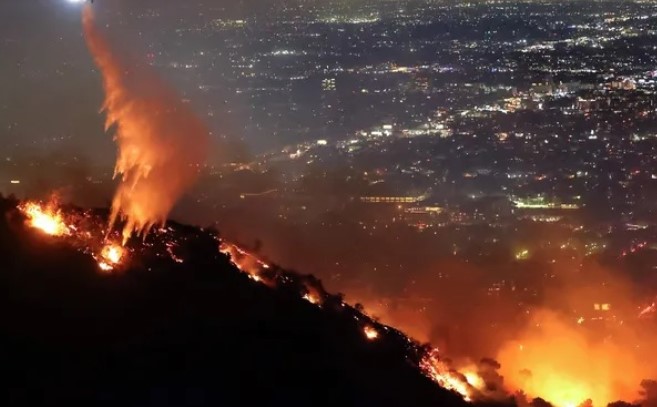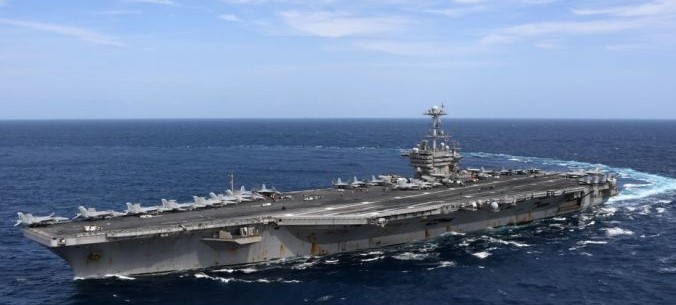
STRATEGIC ASSESSMENT. The United States has announced a deployment of 3,000 troops to Eastern Europe, following a week of intense diplomatic activity amidst the military buildup on Ukraine’s borders with Russia and Belarus. A phone call between U.S. Secretary of State Antony Blinken and Russian Foreign Minister Sergey Lavrov on Tuesday did little to quell mounting tensions regarding the prospect of an escalation of conflict in Ukraine. During the private call, Blinken told his Russian counterpart that if Russian President Vladimir Putin does not intend war or regime change, then it was time to pull back troops and heavy weaponry and engage in serious, diplomatic discussions. Lavrov reiterated that Russia was simply moving troops within its own territory and denied any “escalation.” There was reportedly no “extensive” exchange regarding the buildup in Belarus, where U.S. estimates suggest up to 30,000 Russian troops may be deployed by mid-to-late February.
The call followed a tense United Nations Security Council meeting on Monday which included a briefing on the situation from Under Secretary-General Rosemary DiCarlo, who stressed that any military intervention by one country in another would be a violation of international law and the Charter of the United Nations. Describing the Russian troop deployments near the Ukrainian border and in Belarus, she also noted that members of the North Atlantic Treaty Organization (NATO) are reportedly deploying additional troops in its Eastern European member states, with 8,500 NATO troops on high alert. As expected, Russia and the United States sparred and put forward two contrasting narratives about Ukraine. U.S. Ambassador Linda Thomas-Greenfield highlighted that the buildup of over 100,000 Russian troops along Ukraine’s border represented “the largest… mobilization of troops in Europe in decades” and that “Russian military and intelligence services are spreading disinformation through state-owned media and proxy sites. And they are attempting, without any factual basis, to paint Ukraine and Western countries as the aggressors to fabricate a pretext for attack.” She noted Russia had already invaded Crimea in 2014, and said, “If Russia further invades Ukraine, none of us will be able to say we didn’t see it coming.”
Russian Ambassador Vasilly Nebenzia denied any provocation, stating that his country’s troops have been deployed within its own territory on various occasions before and accusing the West of promoting anti-Russian propaganda to fuel a confrontation. He called the current crisis in Ukraine an entirely domestic one and challenged the statistics and numbers put forward by Western powers, particularly regarding the numbers of troops, while asserting that the United States had brought “pure Nazis” to power in Kyiv. Having opposed this Open Meeting and ultimately leaving the Council chamber before the Ukrainian statement for a meeting with the Secretary-General, Ambassador Nebenzia clearly reiterated the Russian view that any military action would be attributed to western aggression. In a subsequent statement, Ukrainian Ambassador Sergiy Kyslytsya stressed the sovereignty of his country and their right to determine foreign policy and alliances, and highlighted the buildup of Russian military and naval forces in the region.
Seasoned Council watchers have been resigned to expecting little substantial outcome on this issue given the near-certainty of a veto in the event any resolutions are tabled by members. UN Secretary-General Antonio Guterres was reportedly wary of this meeting for this very reason, and for the risk of further highlighting fissures among the permanent members—China, France, Russia, the United Kingdom, and the United States, known as the “P5”—which could affect cooperation on other challenges on the Council’s agenda, a concern shared by some diplomats, UN officials, and experts. However, the meeting, called by the United States, which won a procedural vote to hold it in the first place (with 10 votes; China and Russia opposed, and Kenya, Gabon, and India abstained), also served as an opportunity to demonstrate consensus among a majority of Council members and to reaffirm support for NATO. Nonetheless, experts also worry that the starkly opposing views aired will fuel additional disinformation and propaganda campaigns that can serve the purpose of further polarizing public opinion, particularly in Europe, where civilians will bear the brunt of an invasion and cities confront risks to energy supplies.
The flurry of diplomatic and military activity this week raises critical questions about Russia’s desired endgame and outcomes in Ukraine and the implications for “great power” competition going forward. Russian President Putin has already put forward the narrative of Western aggression and the intention to use the threat of conflict as a justification for punitive sanctions, creating the conditions for a self-fulfilling prophecy. However, it appears unlikely that the sanctions in and of themselves would be a deterrent, given that they would have been a predictable response to military action. The situation has already highlighted fissures among the P5 and also among NATO’s own members, with Germany’s restrained response and reluctance to send lethal aid to Ukraine raising some concerns, as well as among communities in Europe and the United States. Experts have warned of the risk of Russian cyber-attacks against this background of diplomatic tension. Furthermore, Russian disinformation campaigns could have broader and longer lasting impacts, including by fueling political polarization, anti-government sentiment, and a lack of trust in the liberal democratic order established in Europe. Non-NATO states have also entered into the equation, with US-Qatar discussions on energy supplies underway this week, for example, and the role of other intergovernmental actors like the Organization for Security and Co-operation in Europe (OSCE) and the “Normandy Four” format gaining prominence. Even if the threat of military action is averted, the fissures and risks emerging from the situation may have themselves been the desired endgame (TSC).







